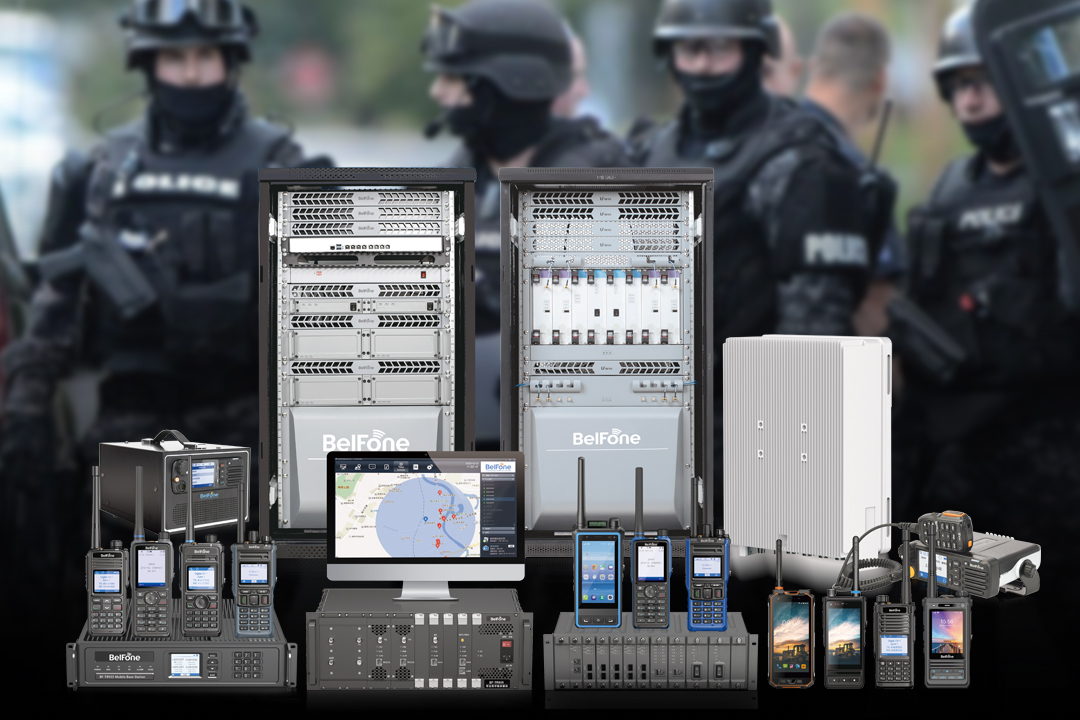As a user, how to choose the command and dispatch system is a thorny problem. If we go to the Internet search, you will find various choice, its functional differences are also very different.
In fact, to choose a suitable command and dispatch system, we still need to start with the requirements, to understand what functions we want to achieve. At present, the dispatch system on the market is mainly differentiated by function.
Some dispatching command scenarios only need to use the voice function, which is the most traditional dispatching command mode. At present, the voice dispatching system sends and receives dispatching instructions through telephone, VOIP and other ways to achieve dispatching management.
This kind of dispatching command system is very practical, and the overall cost is affordable. By deploying a set of SIP-based scheduling server and cooperating with various SIP voice terminals, a set of voice dispatching system can be completed.
At present, this kind of dispatching system is widely used in factories, pipe corridors, property and other scenes, and can provide the ability to get through with walkie-talkies and broadcast systems when necessary.
Although it is a voice dispatching system, in some application scenarios, it will also be combined with video surveillance applications to retrieve video surveillance pictures in the process of scheduling calls, but this application is relatively simple, just pull the camera picture, and its main capability is in the voice aspect.
Video dispatching is the mainstream and the main application of converged communication. With the development of various video equipment, especially after the development of SIP-based voice terminals to video terminals, people need more video communication capabilities in the field of dispatching and command.
However, the video communication only stays between SIP-based multi-terminals, which can not meet the demand of video dispatching. Many video dispatching scenarios require access to various video surveillance platforms, drones, ball control and other scenarios as part of video integrated dispatching.
Through devices such as video access gateway, various videos can be accessed in a unified manner to make richer calls. Seamless integration with converged communication and video conferencing systems enables richer video dispatching solutions.

Trunking system dispatching can be divided into narrowband and broadband, simple understanding is the function of the walkie-talkie, through the walkie-talkie to achieve command and dispatch capabilities, narrowband radio scheduling is generally used in public safety industry, emergency industry, rail transit, airports, large factories, ports and parks.It is characterized by high cost, safety and stability, and is suitable for large-scale deployment applications. Generally suitable for large users, there is sufficient budget to ensure that the project landing.
Broadband is divided into private network broadband cluster and public network broadband cluster. Private network broadband cluster is an upgrade of narrowband cluster intercom. On the premise of providing high security, broadband cluster provides more broadband media scheduling capabilities besides the radio, such as video call, video return, and video live broadcast scheduling capabilities. However, facing the same problems as narrowband cluster intercom, high deployment costs are required.
Public network broadband is often referred to as PoC, which is also the public energy that most converged communication systems can provide at present. Through the intelligent APP and the network traffic of mobile operators, some functions required by the intercom are simulated.
In addition to voice talking capabilities, it also supports video calls, video dispatching, video live broadcasting, video conferencing and other video applications, fully meeting the various needs of dispatching command. Due to the use of public network environment, its cost is low, and the current market application is also relatively popular.
In addition, we have to choose from the capability, whether the dispatching system needs some capabilities. For example, GIS capability is a map-based scheduling and command capability. So if your application scenario is just voice talking, and its dispatching communication nodes are fixed. In fact, the mapping capability of GIS is not much necessary, and if the dispatching system that highlights the GIS is selected, the deployment of the system will become complicated and the cost will be increased.
However, your application scenario is the dispatching of two-way radio, and you need to understand detailed location information through a map, so when choosing a scheduling command system, GIS capabilities become more important.
Business capability refers to the integration of dispatching and command with the business capability of the industry, which is a very complicated work. We often say that the dispatching command system, whether it is voice and video dispatching, is a basic communication capability, or a general ability.
However, different industries have different business characteristics. For example, the emergency industry has emergency business requirements. In addition to communication capabilities, emergency resources and emergency process information need to be mastered. For example, in the transportation, in addition to communication, it also involves the operation of trains. The same goes for airport dispatch systems.
In order to integrate the dispatching and business system, it is necessary to develop and customize the personnel who know the business very well, or participate in the relevant companies in the industry, which will greatly increase the difficulty of the project, and the cost of the dispatching system with the integration of general business capabilities is relatively high.
Linkage capability is emerging in recent years, through the integration of Internet of Things devices, to achieve the integration of voice dispatching, video dispatching. When the Internet of Things data generates an alarm, it can automatically link the scheduling command system to form a more accurate scheduling application.
The application of dispatching command system can improve the work efficiency and speed up the response time in emergency situations. At present, many dispatching command systems are very comprehensive. When choosing such systems, we have an understanding of the project requirements in advance, which can help choose a more appropriate product landing and make the project budget setting more reasonable.